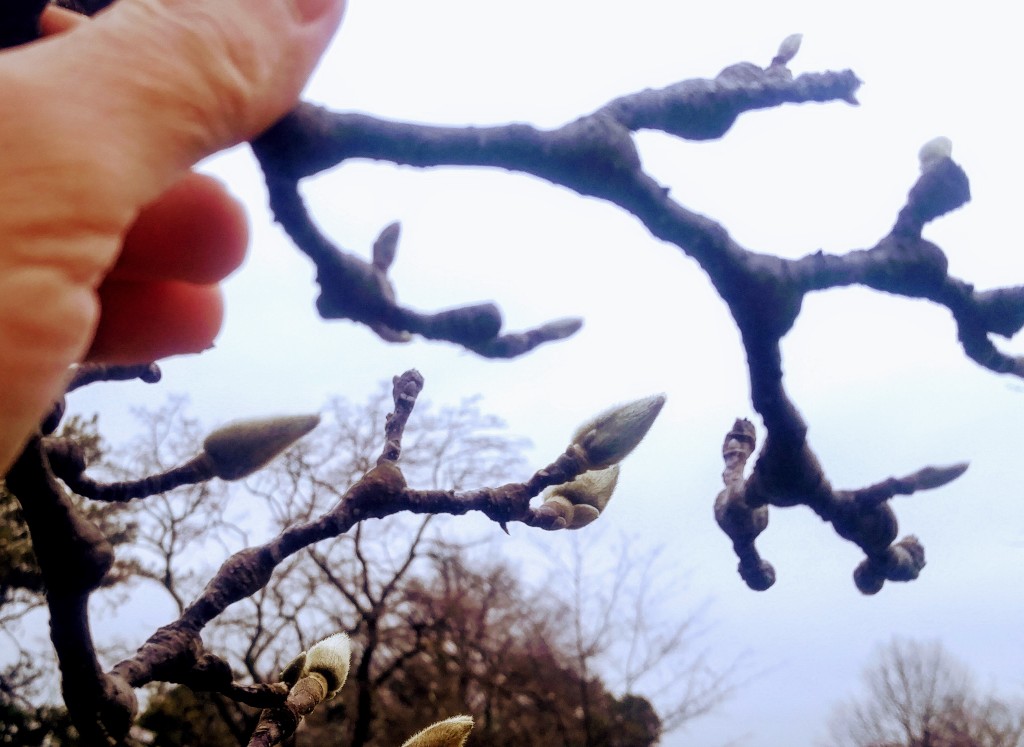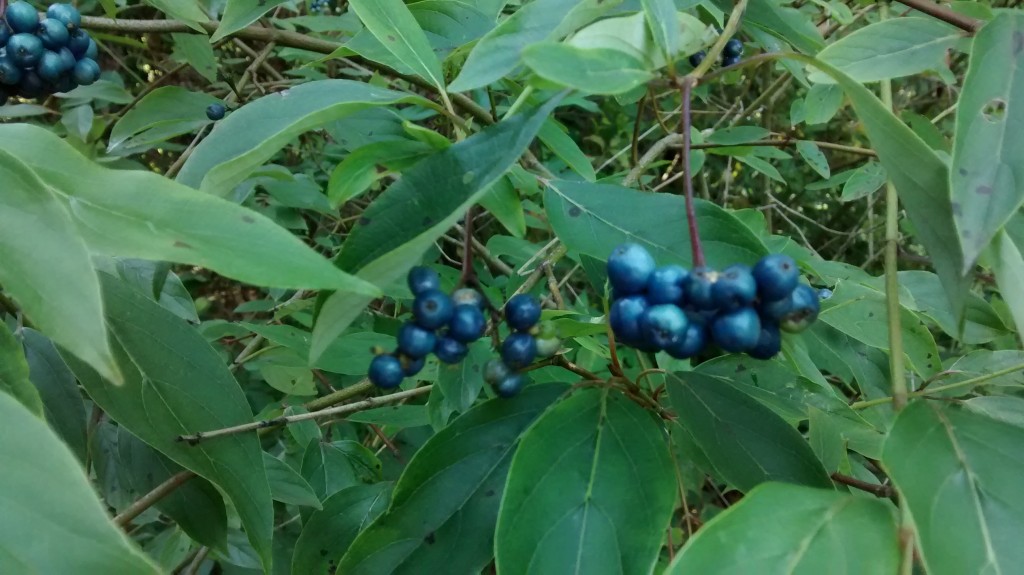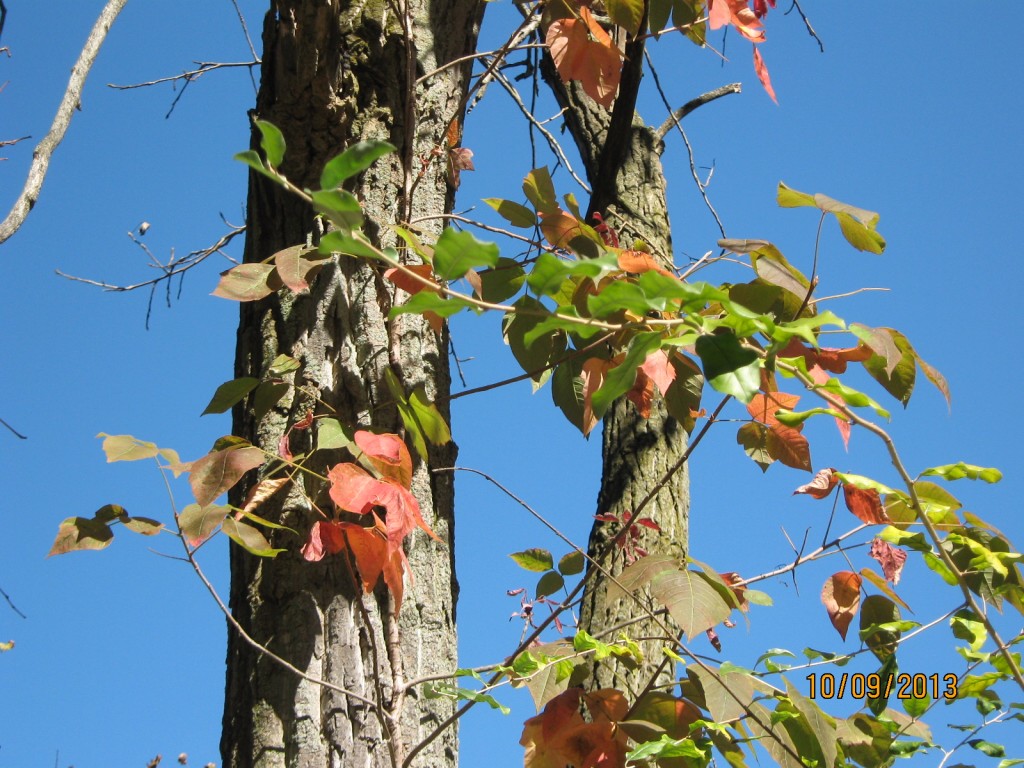We still have plenty of winter left to go until spring arrives. In the meantime you can bring a little bit of spring early into your home by forcing shrub and tree branches into budding out of season.
The shrub everyone thinks of first is pussy willows with their irresistible silver, fuzzy buds. There are others that you can force into budding but you have to start now if you want results before spring. Some species of woody plants, such as forsythia, may take only a couple weeks to bloom while other plants may take a month or more.
Fruit trees like apple, cherry and pear can produce showy flowers. Others like maple tree branches are more subtle with their separate male and female flowers.
Aspen and other poplar trees will often send out a pendulous spray of flowers that remind you of warm days ahead. Many other species will reward you with green leaves that have their own charm when viewed up close. Indoors, some leaves even have a faint spring-like fragrance that is lost in the great outdoors during their normal budding season.
Forcing branches is a great excuse to use your special flower vase that has been sitting empty or that rustic flower container. It’s fun to experiment with forcing different types of trees and shrubs. Here’s a list to help you get started: for flowers try forsythia, dogwood, pear, cherry, plum, quince, apple, crab apple, currants, maple and willow. For leaves: beech, poplar and roses.
It’s important to start early because of the time it takes for the branches to respond to being brought inside where it’s warm. Make sure to use sharp pruning shears to make nice clean cuts with no ragged edges. Change the water in your container from time to time to keep it fresh and free from algae.
Use your artistic eye to arrange your branches in an attractive way since you’ll be looking at them for a few weeks without anything noticeable happening. Keep in mind the buds are very fragile once they start opening and can easily be broken off if you’re not careful.


